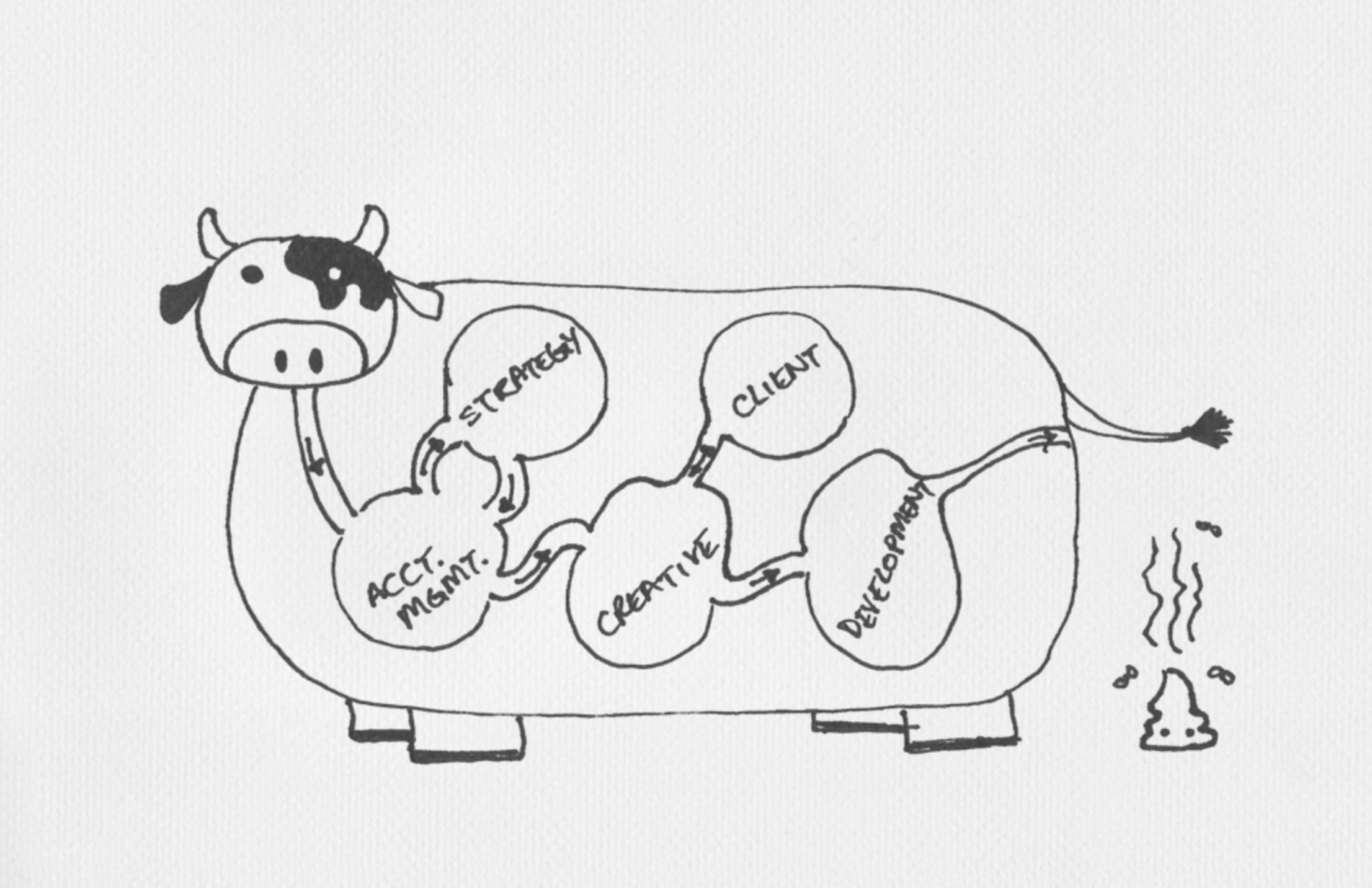Ich nehme mir vor, Links, Studien, PDFs und andere gebräuchliche Netzfundstücke wieder vermehrt hier im Blog zu sammeln, da ich Bookmarking-Tools nicht (mehr) nutze oder dort abgespeicherte Dinge oftmals nicht sinnvoll wiedergefunden habe. Wahrscheinlich werde ich sie hier im Blog auch nicht suchen oder finden. Aber vielleicht erinnere ich sie besser, wenn ich sie nicht einfach schnell-schnell in ein Bookmark-Tool schmeisse, sondern hier sammel. Wir werden sehen.
„Konferenzräume sind der Ort, an dem Ideen sich besonders gerne begraben lassen.“
Creative Walks – Ideen. Schritt für Schritt.
„Walking opens up the free flow of ideas, and it is a simple and robust solution to the goals of increasing creativity and increasing physical activity.“
Studie: Give your Ideas Some Legs: The Positive Effect on Walking on Creative Thinking (PDF)
„Amid all the change and uncertainty of this moment, a set of core truths about our shared future are as relevant as ever. Transparency. Aspiration. Positive Impact. Tolerance. Empowerment. These truths are powerful – and positive – directions of travel sweeping through many advanced and emerging economies.“
Truthful Consumerism – trendwatching.com
Five Essential Building Blocks of Compelling Stories:
- An Effective Character: Stories should contain a single, compelling character that is relatable to the audience and who is comfortable relaying speci c details, memories and experiences.
- Trajectory: Stories should chronicle something that happens—an experience, a journey, a transformation, a discovery—but they don’t need to be a linear, sequential recounting every time.
- Authenticity: Stories should show—rather than tell—the audience about the character’s transformation, using rich details and featuring the character’s own voice, devoid of jargon.
- Action-Oriented Emotions – Stories should convey emotions that move people to act, and marry these with clear, easy-to- nd pathways to get them to those desired actions.
- A Hook – Stories should capture the audience’s attention as quickly as possible, giving them a sense of whose story it is and what’s at stake.
Whitepaper: Stories Worth Telling – A Guide to Strategic and Sustainable Nonprofit Storytelling (PDF)


 „Gemeinsam mit Bertram Gugel, dem führenden Onlinevideo-Experten in Deutschland, starte ich eine neue regelmäßige Podcastreihe zum Thema Bewegtbild im Netz. In der ersten Ausgabe sprechen wir über den aktuellen Stand bei YouTube: In der ersten Ausgabe geht es um YouTube: In welchem Verhältnis steht die Plattform heute zu ihren Creators? Wie stark oder schwach ist das institutionelle Gedächtnis des Unternehmens? Welche Feedback-Loops zwischen Machern und Plattform kann man erkennen? Welche Folgen haben die Empfehlungsalgorithmen auf das Gesamtbild von YouTube? Und wo geht die Reise auf der Werbeseite hin?“
„Gemeinsam mit Bertram Gugel, dem führenden Onlinevideo-Experten in Deutschland, starte ich eine neue regelmäßige Podcastreihe zum Thema Bewegtbild im Netz. In der ersten Ausgabe sprechen wir über den aktuellen Stand bei YouTube: In der ersten Ausgabe geht es um YouTube: In welchem Verhältnis steht die Plattform heute zu ihren Creators? Wie stark oder schwach ist das institutionelle Gedächtnis des Unternehmens? Welche Feedback-Loops zwischen Machern und Plattform kann man erkennen? Welche Folgen haben die Empfehlungsalgorithmen auf das Gesamtbild von YouTube? Und wo geht die Reise auf der Werbeseite hin?“